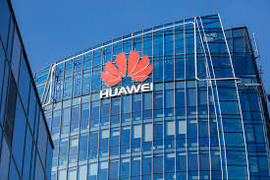air travel al gore automotive carbon emissions carbon footprint carbon neutral carbon offsets commuter rail conference data center e-waste emissions energy energy conservation energy efficient energy reduction environment global warming green green energy green living green practices green tech green technology greenwash investing live earth mass transit Panduit power recycling solar sprawl Tandberg telecommute telework transportation Unified Physical Infrastructure UPI video conferencing
- Carbon Offsets (24)
- Environment (101)
- Green Investing (23)
- Green Living (20)
- Greenocrite (7)
- Recycling (12)
- automotive (24)
- carbon footprint (67)
- coal-to-liquid (4)
- corporate initiatives (76)
- data center (35)
- government initiatives (55)
- green technology (122)
- ip communications (17)
- solar (19)
- water (9)
- wind (12)
- September 2010
- August 2010
- July 2010
- June 2010
- May 2010
- April 2010
- March 2010
- February 2010
- January 2010
- December 2009
- November 2009
- October 2009
- September 2009
- August 2009
- July 2009
- June 2009
- May 2009
- April 2009
- March 2009
- February 2009
- January 2009
- December 2008
- November 2008
- October 2008
- September 2008
- August 2008
- July 2008
- April 2008
- March 2008
- February 2008
- January 2008
- December 2007
- November 2007
- October 2007
- September 2007
- August 2007
- July 2007
- June 2007
Featured Videos
















